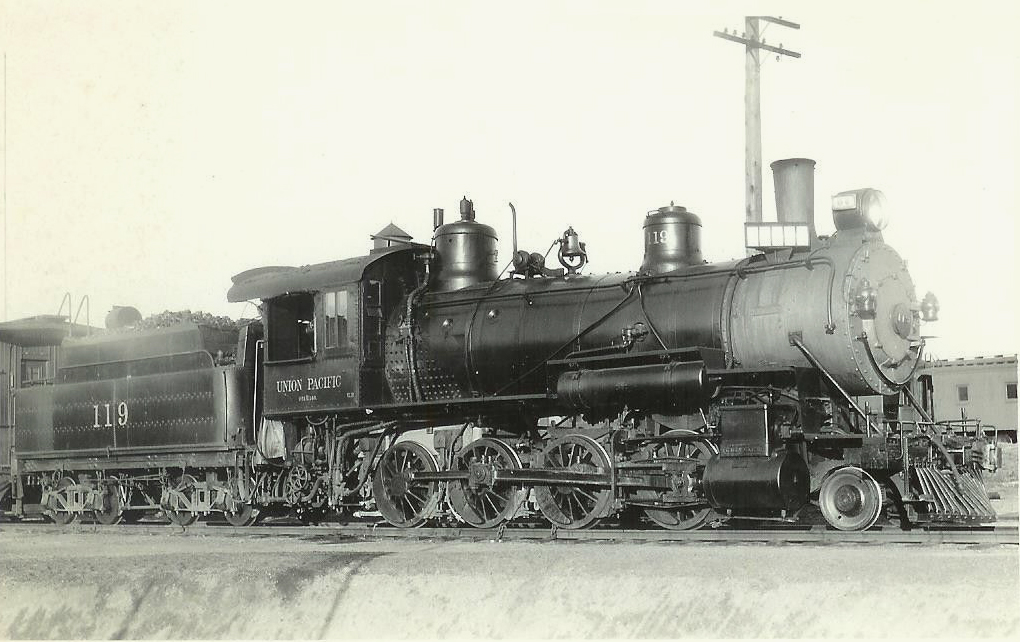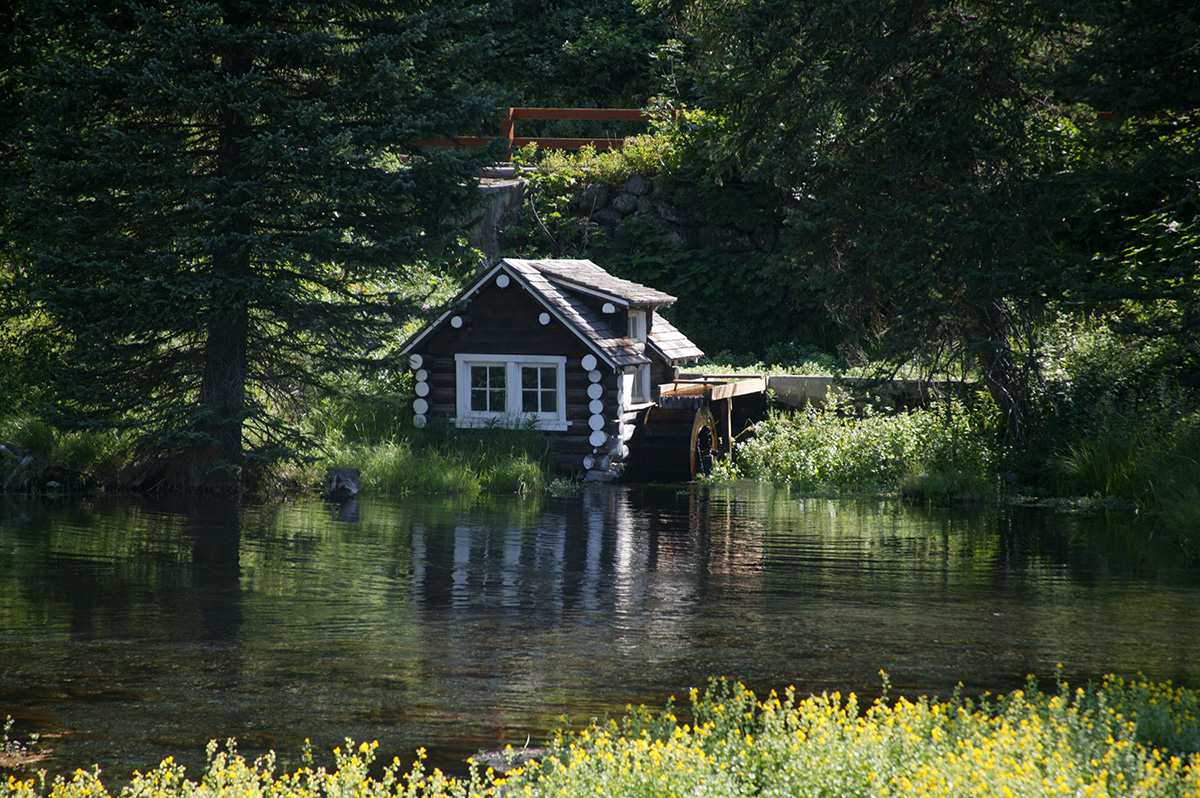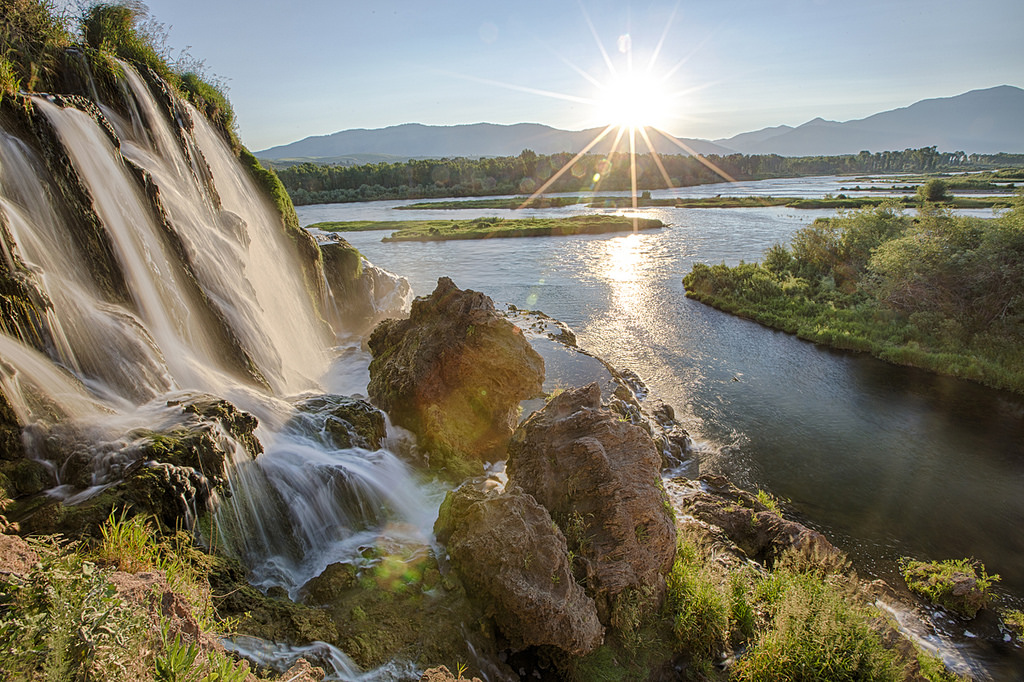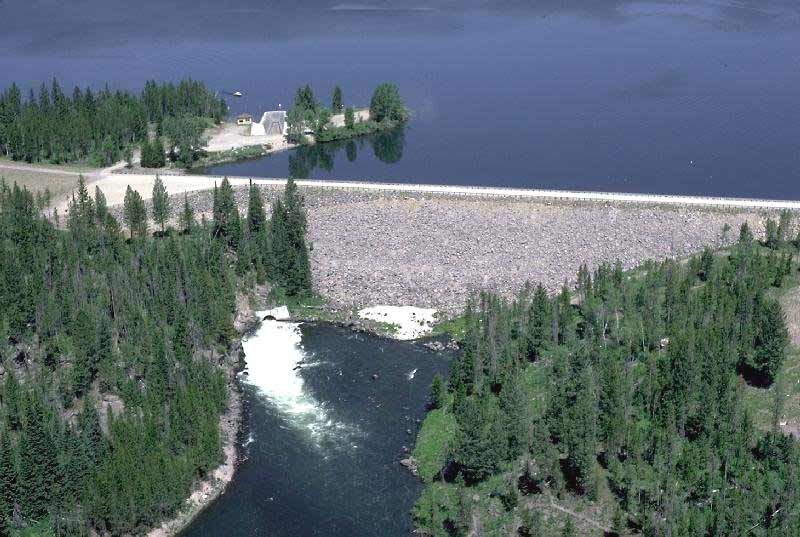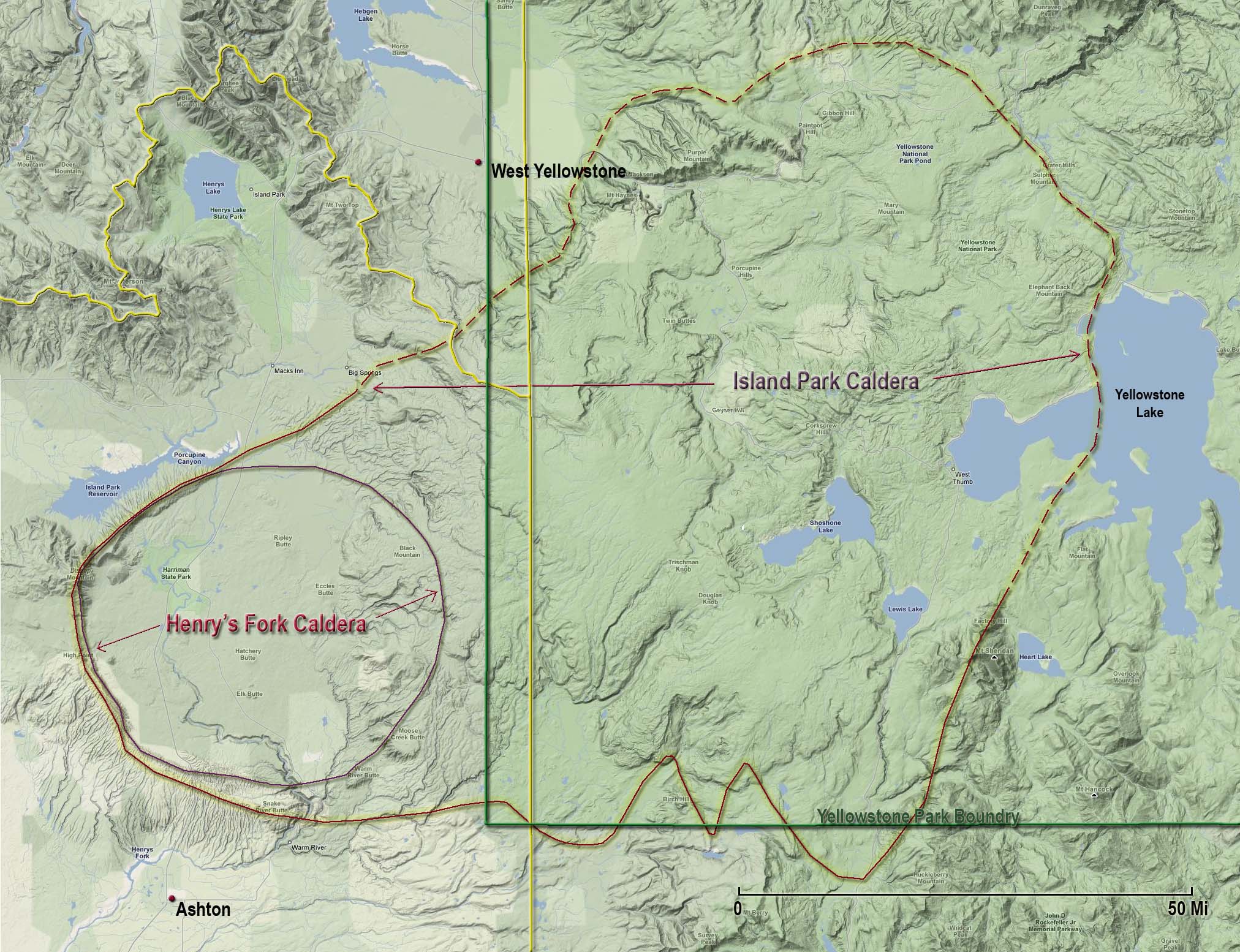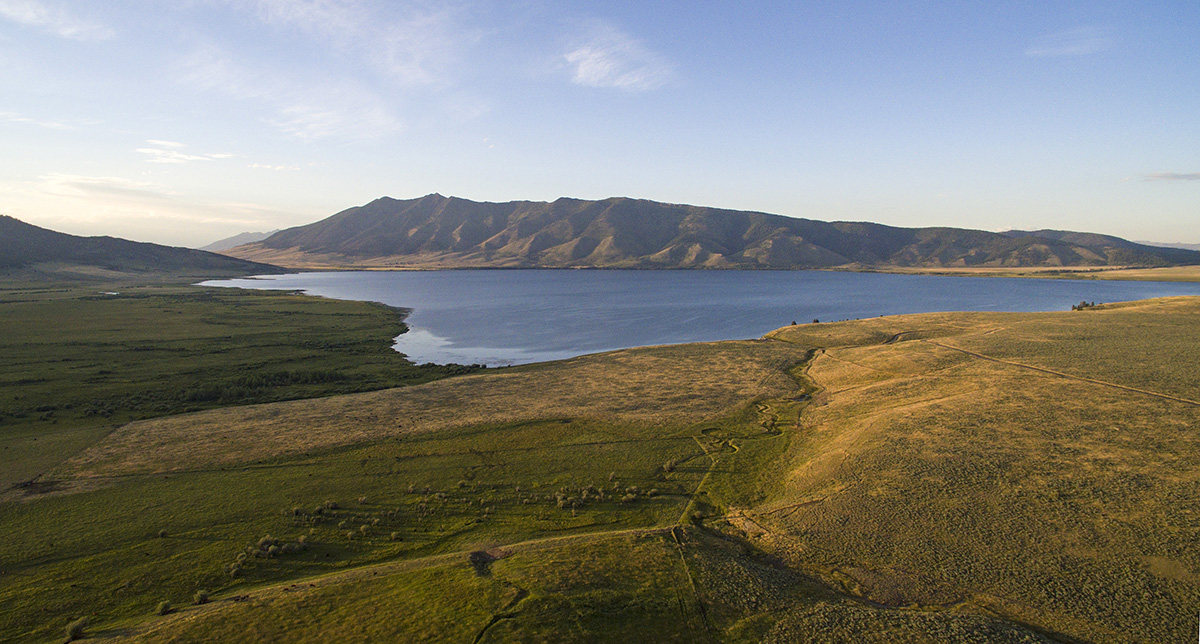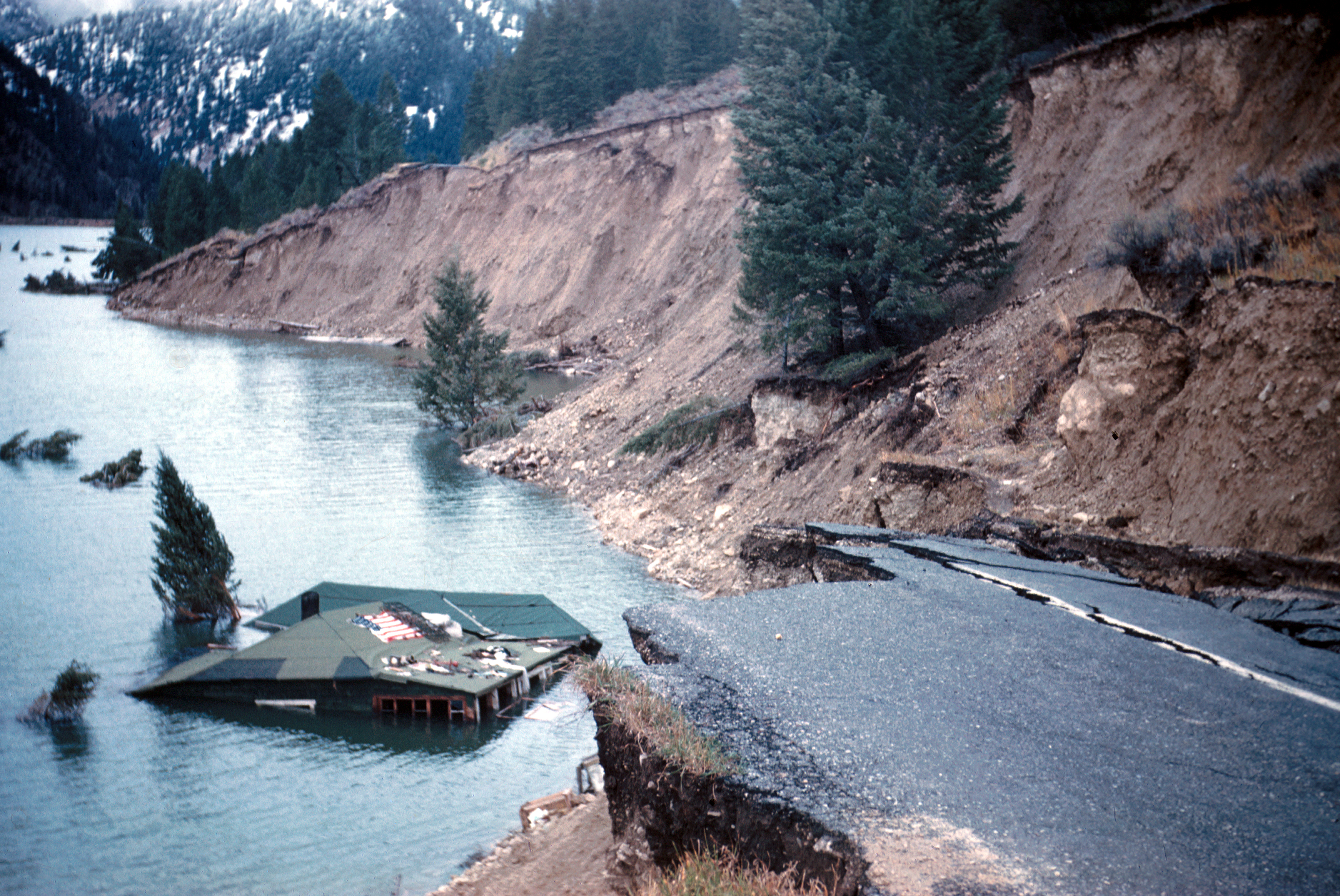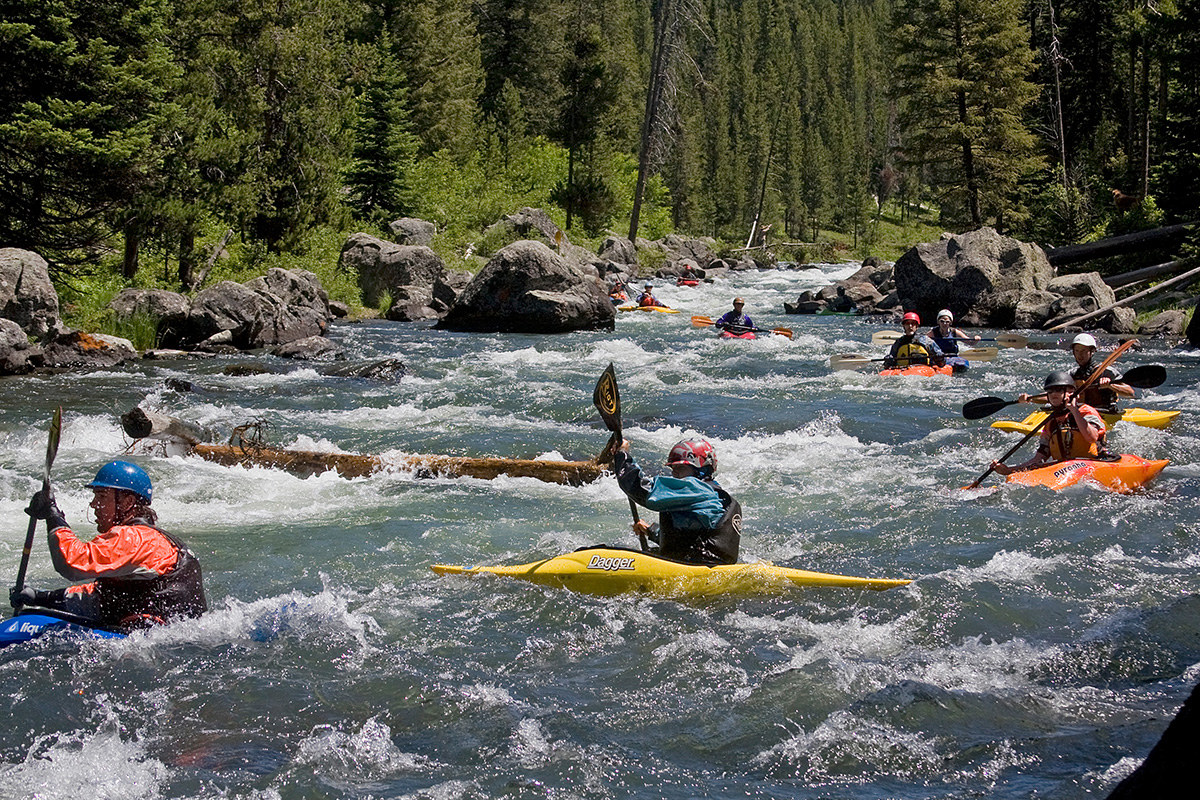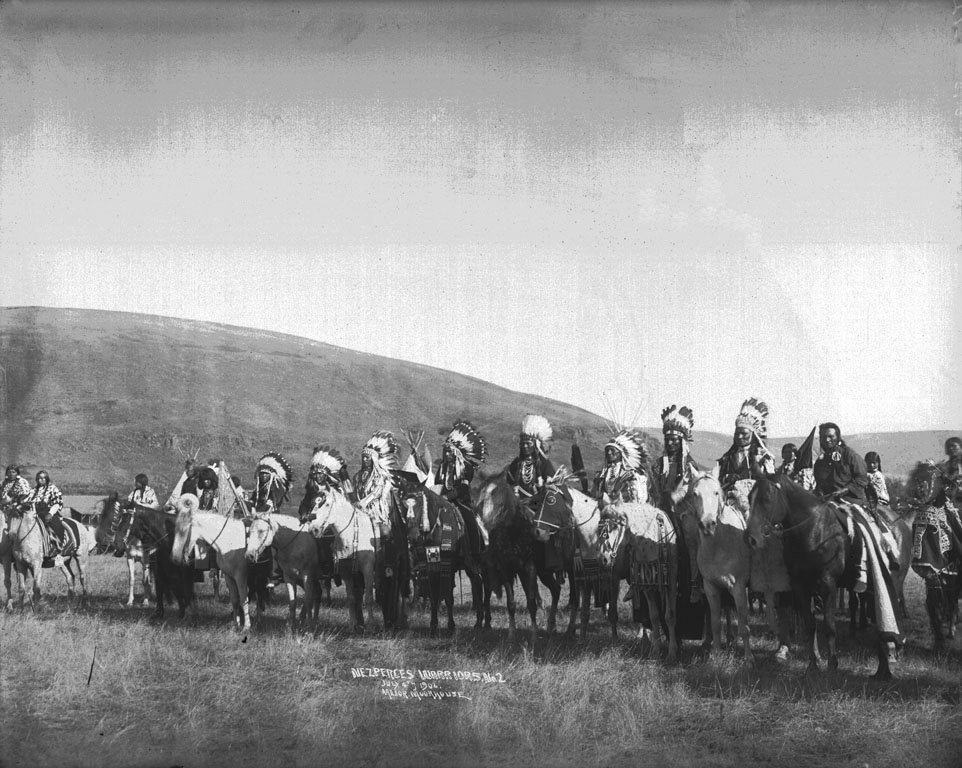ISLAND PARK – FREMONT COUNTY IDAHO
The city of Island Park, for all other descriptive words, is “unique” in its entirety. It was incorporated in May of 1947 to meet a state law requiring businesses that serve or sell alcoholic beverages to be within incorporated towns. The city government at the time drew up the city’s boundaries to include all of the businesses that desired licenses to serve and sell alcoholic beverages from Last Chance heading north to the Montana border. All other areas of what is now known as the Island Park Recreational area remained in Fremont County.
THE LONGEST MAIN STREET IN AMERICA
Because of this, most of the city’s “main street” is U. S. 20, a major highway lined with fine lodges, motels, restaurants, lounges, C-stores, gas stations, tackle shops and recreational vehicle and snowmobile rental businesses. And since 36.8 miles of U. S. 20 are in the city, the city of Island Park proudly boasts that it has the “Longest Main Street in America”, although its width is 500 to 5,000 feet!
This trail is the Old Union Pacific Railroad bed; Approximately 23 mile run through this district. Access points to the trail are at the crossings of the following roads: Big Springs Loo Road, Chick Creek Road and Eccles Road. This trail is used as an ATV, mountain bike and horse trails in the summer and is maintained as a snowmobile trail during the winter months. The historical impact of the railroad through Island Park stands out significantly as a major influence in the opening-up of tourism, lumbering, and ranching in
Keep Reading!
Information IDAHO STATE HISTORICAL SOCIETY ~ REFERENCE SERIES ~ JOHNNY SACK’S CABIN ~ Number 957 July 1979 ~ SIGNIFICANCE The Johnny Sack cabin is architecturally and artistically significant for its distinctive craftsmanship. It is widely recognized locally as a landmark, and generally acknowledged to be the finest building in the Big Springs area of Island Park. It is considered to be the work of a master craftsman, and concern for its preservation has been expressed locally by the Madison County Historical Society. As an example of the bungalow mode applied
Keep Reading!
ISLAND PARK is a fisherman’s paradise in the summer as well as in the winter with spectacular ice fishing. Henry’s lake produces 13 inch to 24 inch and occasionally 30 inch trout; cutthroat, rainbow and brook trout. Fifty percent are natural spawn. You can float with guide services or stream fish, troll with your own boat or float tube. Island Park Reservoir is very similar to Henry’s lake game fish. You’ll see moose, elk, bear, and even an occasional bison as you fish in the various areas available. If you
Keep Reading!
Island Park Reservoir is located in some of Idaho’s most beautiful and unique country. This 7000 acre reservoir is on U.S. Highway 20, about 30 miles north of Ashton, and only 25 miles west of Yellowstone National Park. The reservoir was constructed in 1938 as an irrigation storage facility, and has added to the diverse fishing opportunities of the area. Access on the east end of the reservoir near the dam is excellent. Camping facilities, boat ramps and areas for shoreline fishing are all available. West end access is limited
Keep Reading!
The volcanic feature commonly called the Island Park Caldera in the states of Idaho and Wyoming, U.S., is actually two calderas, one nested inside the other. The Island Park Caldera is the older and much larger caldera, with approximate dimensions of 58 miles (93 km) by 40 miles (64 km). Its ashfall is the source of the Huckleberry Ridge Tuff that is found from southern California to the Mississippi River near St. Louis. This supereruption (2500 cubic kilometers) occurred 2.1 Ma and produced 2,500 times as much ash as the
Keep Reading!
Henry’s Lake is a 6,108 acre lake with 16.8 miles of shoreline with an average depth of 15 feet. Named after a fur trader Andrew Henry. Henry’s Lake supports a world class of native cutthroat and brook trout. Henry’s Lake Nez Perce and the U.S. Army Both the Nez Perce and the U.S. Army spent time at this shallow lake located in a grassy, seven mile wide basin surrounded by mountains. Nearby Raynold’s Pass funnels traffic on State Hwy 87 to the north towards Bozeman or Ennis, MT while US
Keep Reading!
Harriman State Park lies within an 11,000-acre wildlife refuge in the greater Yellowstone Ecosystem. Moose, Elk, and Sandhill Cranes are common, as is North America’s largest waterfowl, the Trumpeter Swan. Known as one of the best fly-fishing streams in the nation, the Henrys Fork meanders for eight miles through Harriman. Over 20 miles of trails are available for hiking, biking, horseback riding, and cross county skiing. Guided horseback tours are offered by a park vendor. Harriman State Park is located on the Henrys Fork of the Snake River. The park
Keep Reading!
On August 17t 1959 at 11:37 PM several fault in the Madison River Area moved at the same time causing an earth quake that triggered a massive landslide. The slide moved at 100 miles per hour and happened in less than one minute. Over 80 million tons of rock crashed into the narrow canyon, burying an open meadow where some campers had stopped for the night. The Landslide had completely blocked Madison River and caused it to from Earthquake Lake. The force of the slide displaced both the air in
Keep Reading!
Approximately 36.4 miles of the Continental Divide National Scenic Trail runs through the Island Park District. Access points to the CDT Trail Are: BLACK CANYON ROAD, TARGHEE CREEK ROAD, KEG SPRINGS ROAD, and EAST DRY CREEK ROAD. The Trails are in moderate to difficult terrain, often in the higher elevations. Some of the trail is located in situation 1 Grizzly Bear Habitat, so visitors are urged to use proper food storage and camping practices when camping in this area. Panoramic views and challenging terrain make this trail a memorable experience.
Keep Reading!
COFFEE POT RAPIDS Beginning at the Upper Coffeepot Campground this trail leads 2.5 Miles along the Henry’s Fork of the Snake River. ENJOY THE VIEW Hikers can see placid waters of the river turn into raging rapids. Along the trails you’ll see bushes, flowers and trees such as Lodge Pole Pine and Subalpine Firs. Later in the summer you could see Huckleberry bushes, Indian Paintbrush, Sticky Geraniums, Glacier Lilies and Sego Lilies. Don’t forget about early summer, our spring wildflowers are absolutely amazing. COME FOR THE DAY Furthermore, hiker and
Keep Reading!
In June, 1877 just one year after the Custer debacle, a new and unexpected Indian outbreak flared in the West. To an American public wearied and disgusted with governmental policy, or lack of policy, that seem to breed Indian wars. This one, an uprising by formerly peaceful Nez Perce of Oregon and Idaho, was dramatized by what appeared to be superb Indian generalship. One army detachment after another officered by veterans of the civil war, floundered in battle with hostiles. Western correspondents telegraphed the progress of the great, 13,200- mile
Keep Reading!




